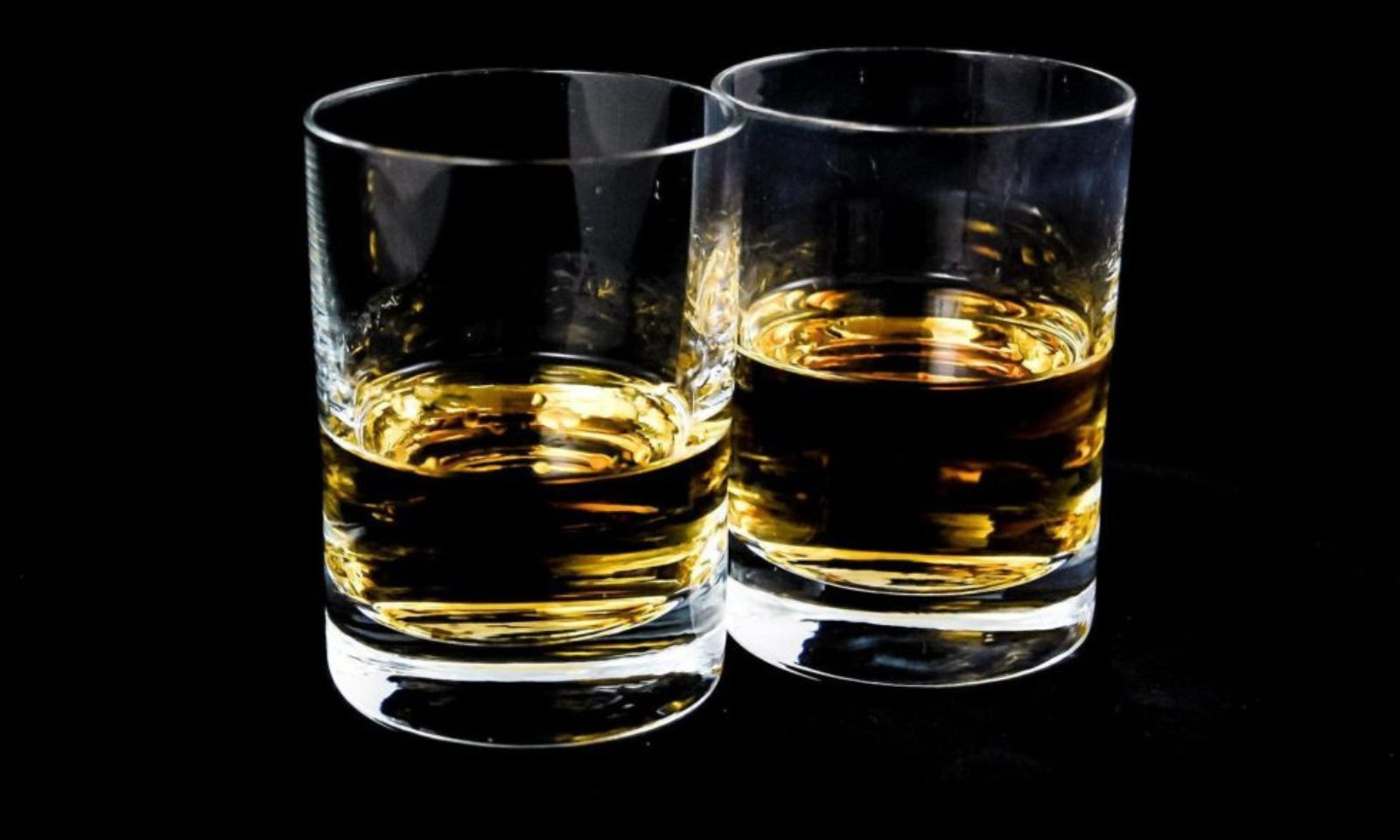

Drug detection agents are concerned at the risk alcohol creates when introduced into the workplace.
TDDA
'Safety first': Should alcohol be removed from the workplace?
Although alcohol sometimes appears to be popular in the workplace, an expert warns the increasing trend could impact staff safety.


Christmas under the sun: How Pasifika are celebrating amid rising heat, extreme weather




Christmas under the sun: How Pasifika are celebrating amid rising heat, extreme weather


There is potential for more alcohol in New Zealand workplaces and this indicates a greater risk of impairment to employees, The Drug Detection Agency (TDDA) warns.
Traditionally, positive detections reduce after the December-January period, the agency said, but initial testing results showed a "worrying trend".
Chief executive Glenn Dobson said the increase in detection has yet to subside at 13.8% over the last two years.
Watch Glenn Dobson's full interview below.
Although alcohol sometimes appeared to be popular in the workplace, with after-work drinks and celebrations, Dobson said that culture could change.
The TDDA's positive alcohol detection rates revealed 0.29 per cent in 2022, 0.32 per cent in 2023, and 0.33 per cent in January-February this year.
Dobson said workplace alcohol detection nearly doubled after the December-January period
"We offer workplace policy training and testing for drugs and alcohol - to make the workplaces safer in New Zealand and Australia," he told Pacific Mornings' Levi Matautia-Morgan.
"With all of our workplace clients, 99.9 per cent of the time when we do a drug test, we also do a breath alcohol test. Part of what we do is trying to keep drugs and alcohol out of the workplace to make them safe. And so the breath alcohol test indicates whether there's alcohol in a person's breath, really similar to when people are tested on the roadside by the police and you talk into or blow into a machine.
"What we've seen over the Christmas periods, both in the December 2022 and December 2023 periods, is there's often an increase in alcohol positive rates. And that's when people are in the party mode, holiday mode, and so forth.
"That hasn't dropped off this year, continued with a higher than normal positivity rate which indicates the potential for more alcohol in the workplace and indicates a greater risk of impairment in the workplace as well."
Global research from the RAND Corporation in the United States revealed in early December that heavy drinking in the workplace had increased by 41 per cent in 2020.
The study also found that the pandemic had made many people reconsider their relationship with alcohol,
"Some working professionals are wondering whether they should be drinking with their colleagues."
One participant told researchers that he had stopped drinking in June of 2020, amidst a wave of protests and a raging pandemic.
"It was the best decision I’ve ever made, especially because I no longer have to worry about embarrassing myself in front of colleagues, leadership, and potential partners. And I’m not the only one who is dropping the bottle."
Companies are now wondering if happy hours and holiday parties with alcohol are beneficial for employees, RAND said.

Photo/TDDA
Dobson said there were several indicators of what could be behind the rise in positive alcohol detections in the workplace.
"It's not a surprise that we've got a challenging economic environment in New Zealand at the moment. You know, there's a cost of living crisis, there's job redundancies, there's increased prices, and that creates stresses for people.
"Often people will use drugs and alcohol as a crutch when they live in stressful times. Another theory that's been thrown out there and I think it has some real validity is that the summer we've had has been an absolutely brilliant summer compared to the last previous years and all the challenges of the last previous years.
"And people are just out enjoying themselves and drinking more alcohol and having the ability to socialise more as a result of that," Dobson said.
But he said the concern for TDDA was the risk alcohol created when introduced into the workplace because "safety is key, it's first".
He added that they had carried out testing in safety-sensitive or blue-collar industries such as manufacturing, mining, construction, and automaking.
"But we do a huge amount of work also in the white-collar industries so this is right across the board.
"We have our database called Imperans that we capture all our data on, which allows us to report on data trends around drugs and alcohol taking.
"The negative factors of alcohol and drugs, and you've got things like tardiness, people being late, you've got poor performance, poor decision-making, and that certainly affects to a certain extent the employer and the workplace.
"And when that happens, somebody else has got to pick up the slack to a certain extent.
"From TDDA's perspective, the biggest thing is around workplace safety, and if somebody's affected by alcohol or drugs, that creates situations where poor decisions are made or a lack of motor skills increases the chance of accidents in the workplace."
Dobson said the agency would continue to monitor the alcohol and drug-taking trends and was happy to speak with employers or employees about their concerns.